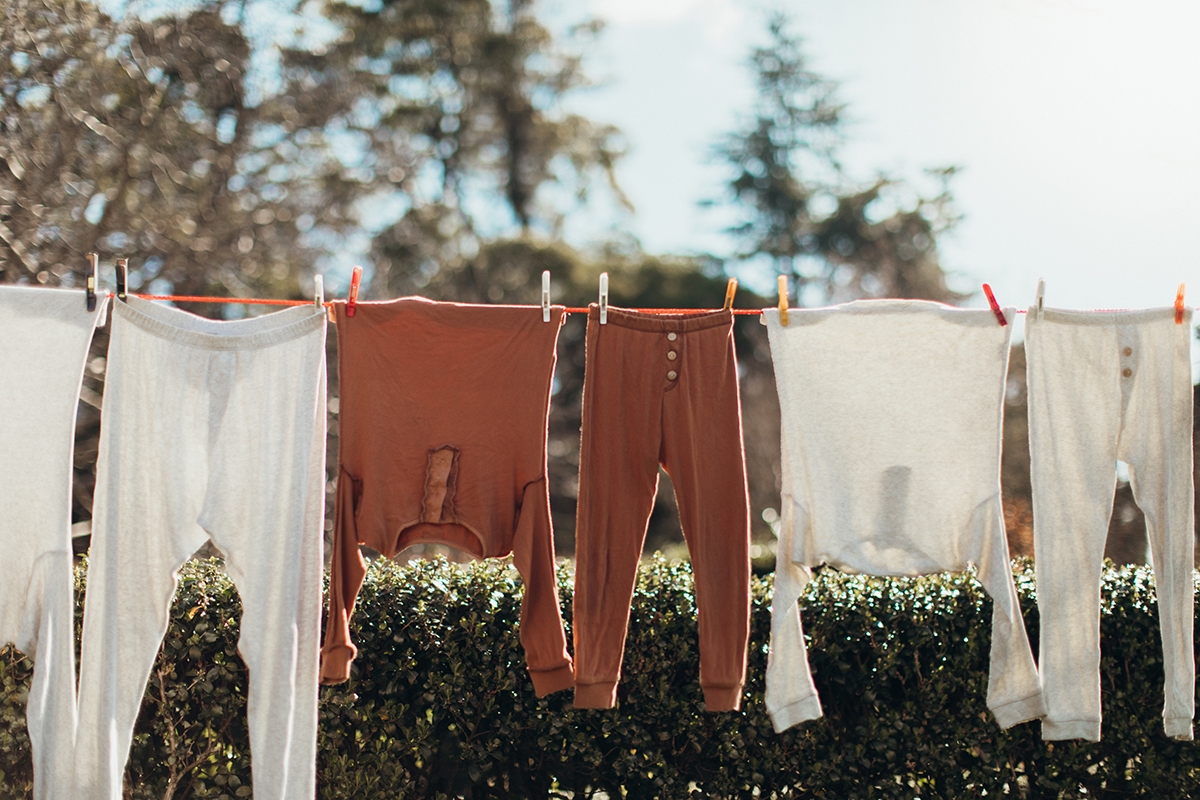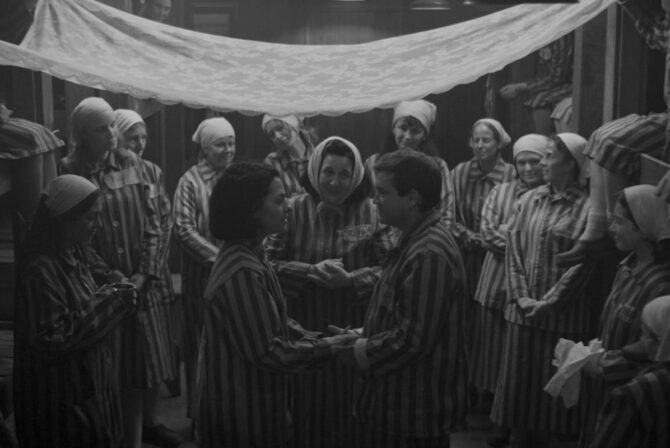Growing up in Israel, my childhood was filled with magical, hilarious Yiddish terms — in fact, a 2002 study found that over 600 words, almost a quarter of all established Hebrew slang words at the time, derived from Yiddish.
One such word feels especially timely in these cold winter days, the endearing Yiddish term for long underwear or long johns: gatkes. In Israel, where I spent most of my childhood, you don’t need gatkes often — maybe on the rare occasion you visit Mount Hermon, the country’s only (tiny!) ski resort. Yet for anyone traveling far from the Middle Eastern climes — on a ski trip to Europe or northeast America, where I currently live — gatkes are a necessity. Our bodies simply don’t feel suited to the cold.
I’ve always loved the word gatkes itself, which for me means long-sleeved thermal shirts and thermal pants, but is also used for underwear in general by some. Why? It sounds adorable (GAT-kehs, like the way some people pronounce latkes — and there’s nothing quite like eating latkes in your gatkes). It sounds almost like a word babbled by a baby (I mean that with no disrespect, that is literally the best sound in the world). It’s also associated with such a comforting reprieve from the cold. As a kid, I remember my mom urging me to put on my gatkes before going out in the snow when we briefly lived in Europe, the way the gatkes felt like an extra soft layer of protection under the coarse plastic of my snowsuit. The word has imprinted itself in my memory as one of urgency and care — “put your gatkes on already!” — so we could go outside and safely enjoy the luxurious flakes, taking a trip down the slopes, my legs and arms warm while the cold air battered the exposed parts of my face.
When I first moved to New York, I hit up Uniqlo one winter day to pick out colorfully packaged long underwear that kept me snug in the coldest days of winter and helped me walk (inadvisably!) through many a winter blizzard. Gatkes still keep me toasty on snow days out sledding with my kids (my chosen brand of gatkes remains the Uniqlo HeatTech line). When my friend moved from Israel to Boston, I took her shopping to the Japanese store so that she too could get my favorite pair of gatkes, which filled me with a special kind of Jewish mother joy — after all, “put on your gatkes” is merely the continuation of “don’t forget a sweater.” I now have the honor of passing down the word gatkes to my two children whom, I hope, know that it is the only acceptable term for long underwear.
So where does the word gatkes actually come from? The Yiddish slang dictionary posits it could be the last name of a family that once sold such wares — and honestly, I would buy all my underwear from a store named Gatkes if I could. But the consensus is it came into Yiddish from Slavic languages, which makes sense — the Polish word for underwear, for example, which comes from proto-Slavic, is gacie, and its diminutive is gatki — pretty close to gatkes, and cute in a different way.
In America, you can find the word gatkes in the humor of the Borscht Belt, in the literature of Michael Chabon and other Jewish greats, and in the Yiddish-named glasses line of the Jewish-owned New York brand Moscot. It’s not as ubiquitous and commonly used as Yiddish words like “nosh,” “kvell” or “oy” — nor is it as daringly funny as terms like “alter kaker” — but it is warm and heartening, like Yiddish itself. And if you use it to mean just plain underwear, it is, like Yiddish, also pretty indispensable.
Here are our favorite gatkes brands:
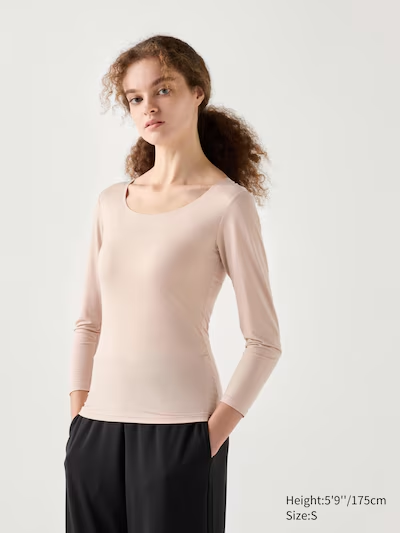
Uniqlo Heattech
These fairly priced gatkes are my personal go to, but I do need to replace the leggings every year or two because they're not all made from the sturdiest stuff. They have different heat levels for your different stay-warm needs and do work very well, which is why it's hard for me to let them go.
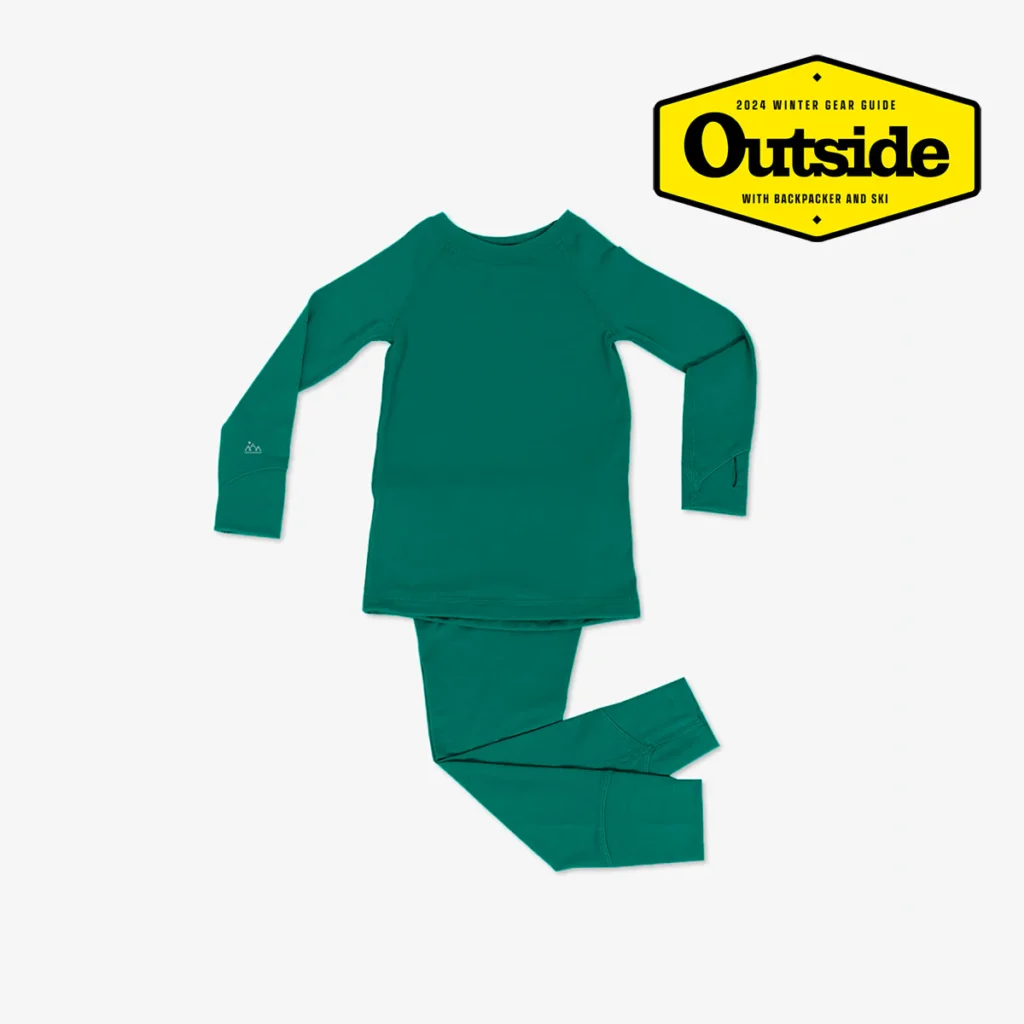
iksplor gatkes
These gatkes are on the pricier side, but they are made from merino wool and have a very thoughtful design. They come for little babies and grown-ups and in all kinds of fun colors.

NUI gatkes
NUI has thermals for littles and base layers for grown-ups. They're made of Merinosilk, a combination of merino wool and silk that sure sounds luxurious.
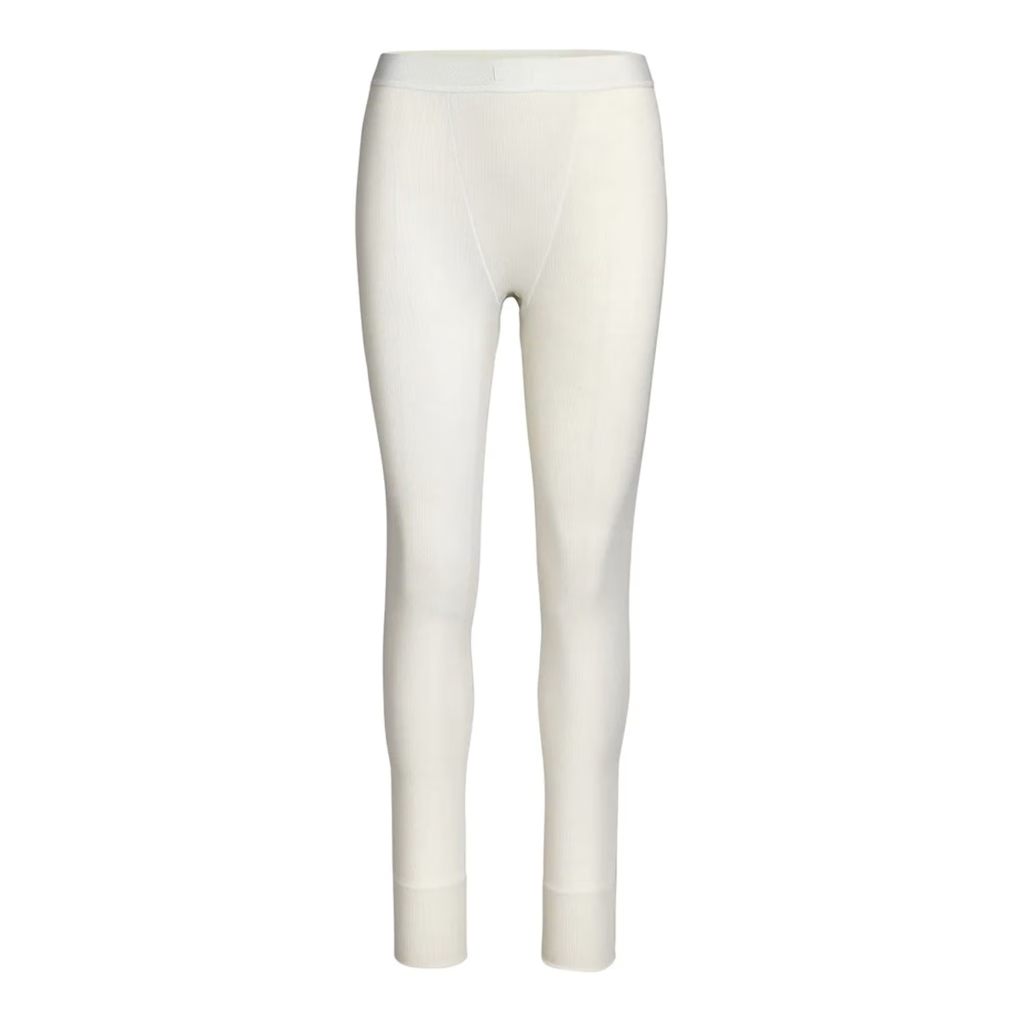
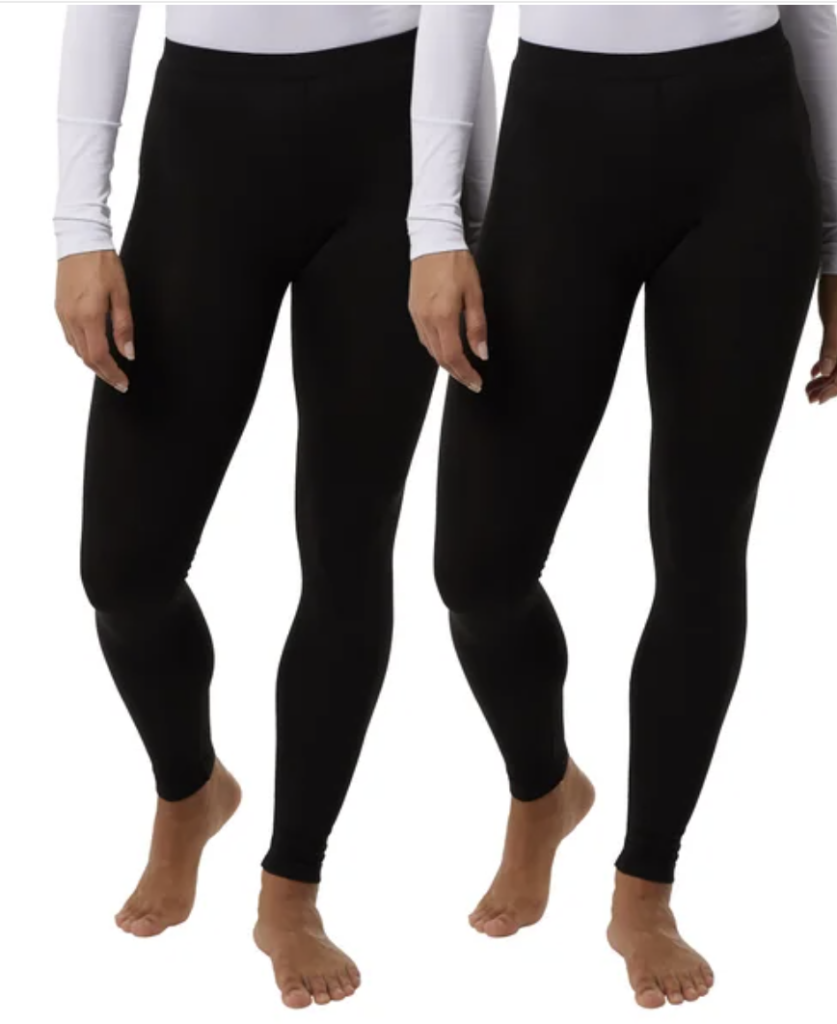
Costco gatkes
The price on these Costco gatkes can't be beat! $15.99 for a pair?! They're basically giving them away! Word on the street is they're pretty great.
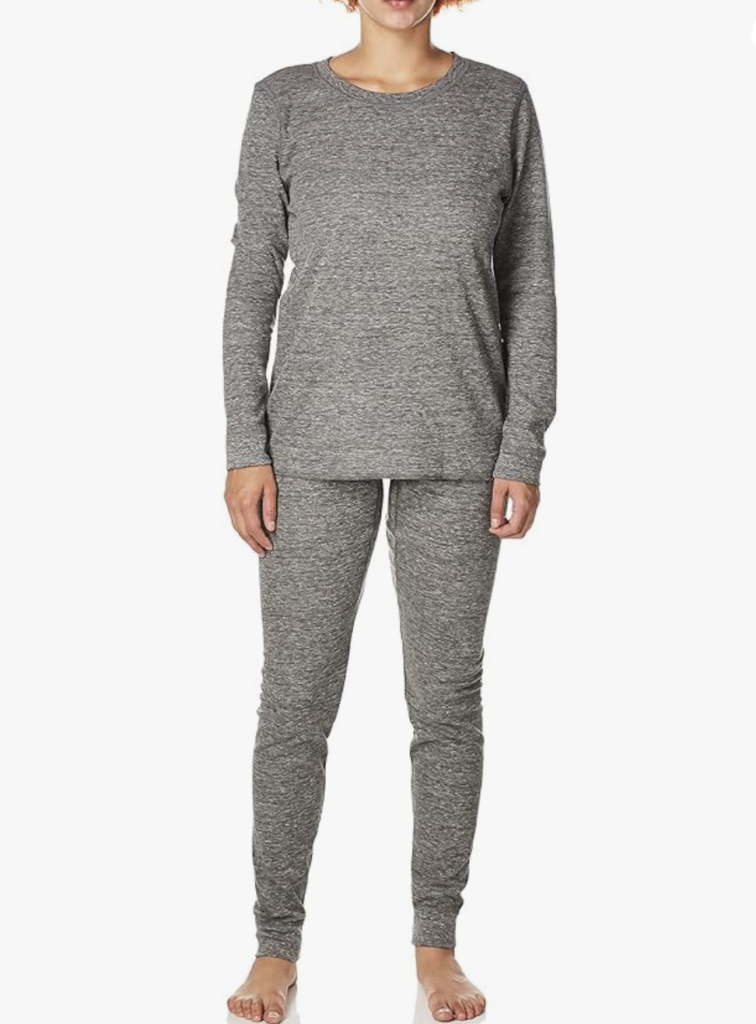
Fruit of the Loom gatkes
Another affordable option from Amazon. Fruit of the Loom has never done me wrong.
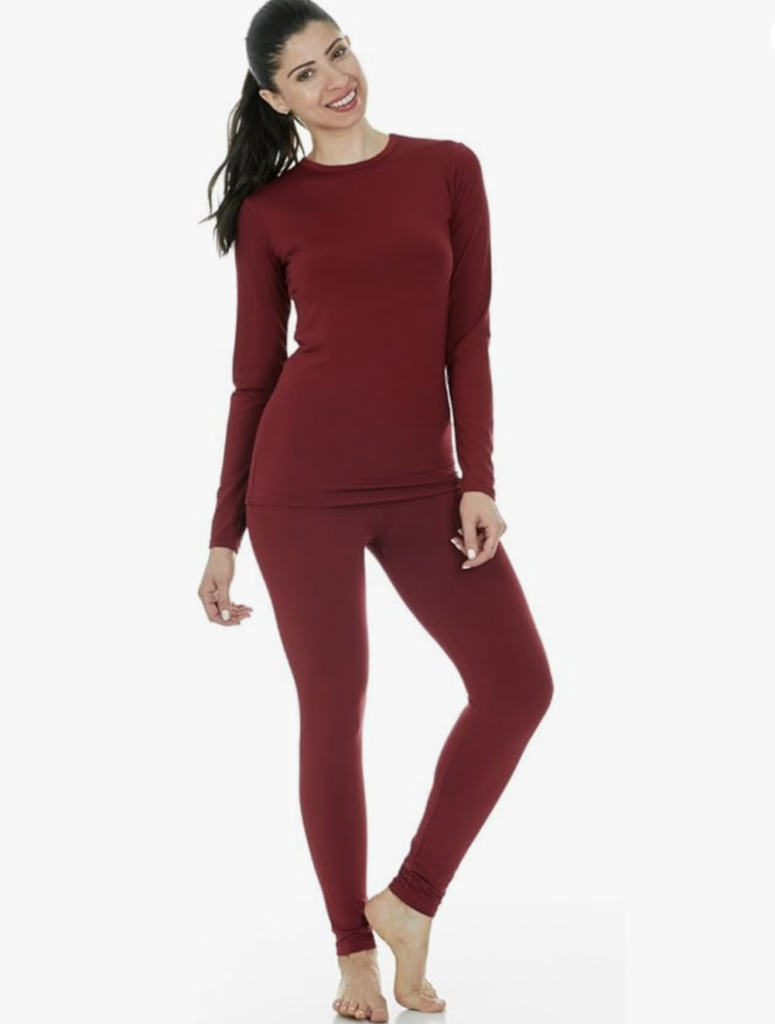
Thermajane gatkes
These appear to be the top rated gatkes on Amazon. Do with that information what you will.
